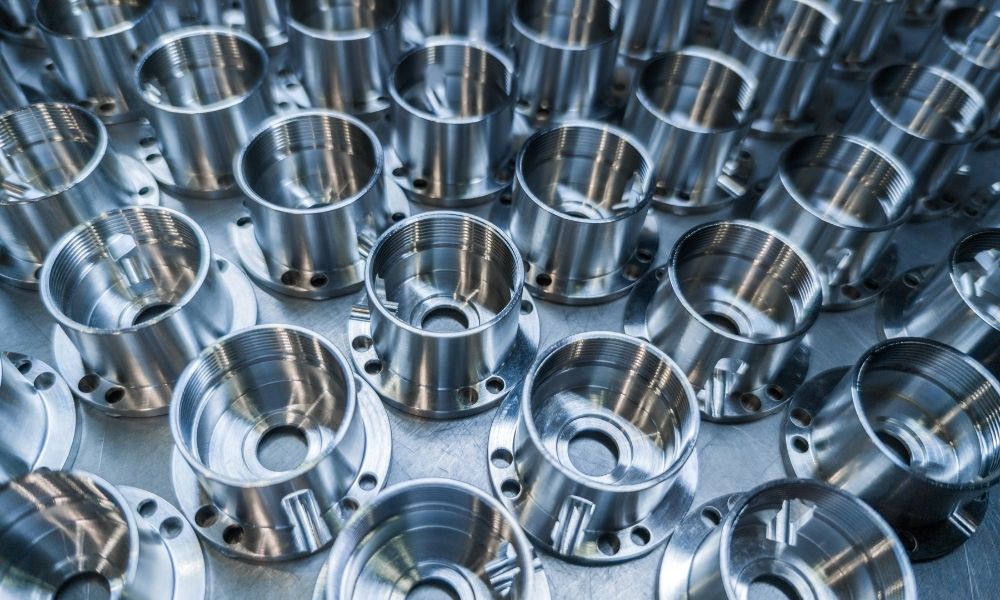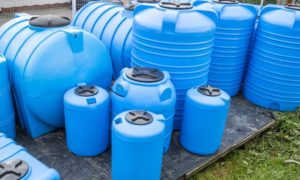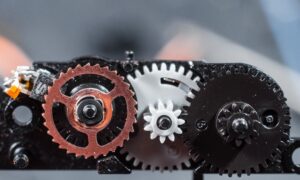The phenomenon of 3D metal printing began in the 80s, but in recent years, it’s had an explosion of advances that dramatically increased its appeal. Its original uses in niche technology have expanded to include more mainstream customers. The most common materials used for metal 3D printing have many of the same advantages, including faster turnaround, lower pricing, and less impact on the environment. Here’s an overview of the materials we depend on for our custom 3D printing services.
Advantages
Metal 3D printing has potential in many industries, is well suited for prototyping, and allows for complex designs that can reduce production to a single item. Materials aren’t subtracted during manufacturing. Manufacturers only use what’s necessary, as the 3D printers construct the project in layers. This precision means there’s no step to shape the design, which eliminates nearly all waste that would harm the environment.
Advances
Though it was once more commonly used to make small, low-quality prototype parts, 3D metal printing is now bursting with applications. Exciting new technology is being introduced every day, making 3D metal printing possible for larger parts and orders. This results in more lightweight parts, which is a boon for industries such as aircraft construction. There are endless new markets for 3D metal printing, including in industries that manufacture jewelry, car parts, and kitchenware, and the future looks even more surprising. At the consumer level, it provides infinitely more flexibility for complex designs.
Materials
Titanium
- Excellent biocompatibility
- Good strength and toughness
- High corrosion resistance
- High density
- Good mechanical properties
Applications: Motorsport, aviation, medical, and dental
Aluminum
- Good mechanical properties
- Good thermal properties
- Low density
- Good electrical conductivity
- Low hardness
- High temperature resistance
- High strength-to-weight ratio
Applications: Automotive, aerospace, and medical
Copper
- Good thermal conductivity
- Good electrical conductivity
- High ductility
- Good rigidity
- Highly malleable
- Low magnetic permeability
- High elongation at break
Applications: Electrical, motors, building, and marine
Stainless Steel
- High wear resistance
- Temperature resistance
- Great hardness
- Good ductility
- High weldability
- Low cost
Applications: Industrial, aerospace, oil, gas, food processing, and medical
You may find the best fit for your project in the more common materials used for metal 3D printing, but at Miller Plastics, we have many more choices and techniques for your custom parts. We can help you decide what’s right for you. Contact us or visit our state-of-the-art facilities in Burgettstown, PA., near Pittsburgh. We look forward to working with you.




